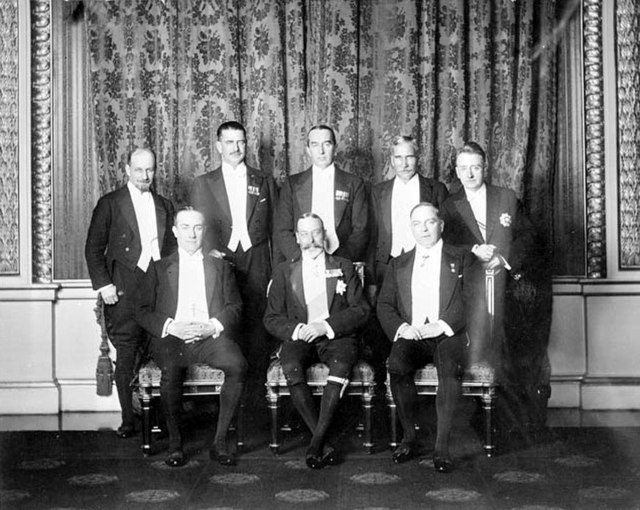His Majesty's Government (term)
The phrase His Majesty's Government is a formal term referring to the government of a Commonwealth realm or one of its constituent provinces, states or territories. In use since at least the height of the British Empire, the phrase has been inherited and integrated into the countries that emerged from that polity and which remain Commonwealth realms.
Victoria was the last monarch who routinely shaped the composition of her government
Executive Council of the Irish Free State
The Executive Council was the cabinet and de facto executive branch of government of the 1922–1937 Irish Free State. Formally, executive power was vested in the Governor-General on behalf of the King. In practice, however, it was the Council that governed, since the Governor-General was bound to act on its advice. The Executive Council included a prime minister called the President of the Executive Council and a deputy prime minister called the Vice-President. A member of the Council was called an executive minister, as distinct from an extern minister who had charge of a department without being in the Council.
W.T. Cosgrave, first head of the Government in the Irish Free State (standing, far-right), representing the Irish Free State at the 1926 Imperial Conference in London, along with King George V and the Prime Ministers of the United Kingdom, Canada, Newfoundland, Australia, New Zealand and South Africa.


